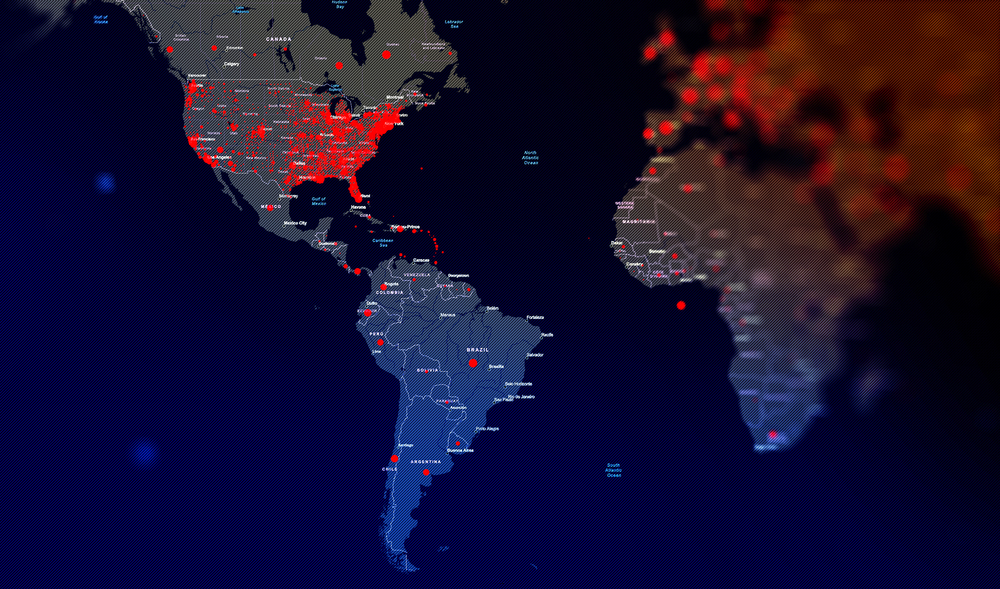Book Reviews
Philosophical Aesthetics
Quantum Computing
Global Value Chains
Peace and Stability Operations
Autonomous Intelligent Enterprise
Artificial Intelligence

Global Value Chains
The Cocoa Crisis and the Holidays
Cocoa prices surged due to weather problems in West Africa, disease, and aging trees, raising chocolate costs. Companies are increasing prices and exploring alternatives like gene editing and improved cocoa extraction techniques.

Global Value Chains
Risk Management: Sleeping When the Wind Blows
Organizations face unprecedented chaos in a BANI world (Brittle, Anxious, Nonlinear, Incomprehensible), requiring AI-powered solutions that deliver resilience, explainability, anticipation, and lucidity (REAL) to navigate complex supply chain risks effectively.

Global Value Chains
Reimagining Supply Chain Management
Organizations must move beyond VUCA and BANI frameworks by getting REAL—becoming Resilient, Explainable, Anticipatory, and Lucid—through AI-driven autonomous supply chains that successfully transform operational chaos into competitive advantage.

Global Value Chains
Will There Be Any Ho, Ho, Ho-liday Shopping?
Holiday sales expected to grow 4%, reaching $975 billion—slowest since pandemic. Consumers prioritize value and experiences over discretionary spending. Successful retailers must emphasize omnichannel strategies and value beyond discounts.Retry

Global Value Chains
Food Trends Are Redefining the CPG Sector
The food and beverage industry faces declining sales due to inflation while companies adapt to emerging consumer trends including wellness, functional foods, sustainability, clean labels, AI technology, and weight-loss innovations.

Global Value Chains
The Importance of the Global South
The Global South represents 85% of global population and growing economic power. China dominates partnerships there while America risks losing influence over critical minerals, markets, and future growth.
.jpg)
Personal Dispatches: Reflections on today’s society through the lens of Fortune Magazine December 1941

Global Value Chains
Silos belong on the Farm not in Smart Cities
The article discusses the difference between connected and smart cities. True smart cities integrate data from various sources (traffic, utilities, etc.) to optimize services and resources. Data silos, where information is kept separate, prevent this integration and hinder the development of smart cities.

Global Value Chains
Moving towards Industry 4.0
This article discusses Industry 4.0, the digital transformation of manufacturing. It explains key concepts like smart factories and the Internet of Things (IoT). Challenges include developing new business models and upskilling workers. Benefits include increased productivity and improved quality control. Companies need to develop a plan to implement these digital technologies.

Global Value Chains
Don’t be Afraid — Halloween 2016 Could be a Record Year
This article discusses Halloween becoming a bigger business than ever. Consumers are expected to spend $8.4 billion this year, with most going on candy and costumes. The article also highlights the complex supply chain that brings Halloween products to stores.

Global Value Chains
Supply Chain Risk Management: You Can’t Outsource Responsibility
Companies are responsible for ethical sourcing throughout their supply chain. Risks include reputational damage, regulatory issues, and infiltration by malicious actors. Data analysis and cognitive computing systems can help companies identify and mitigate these risks.

